Publications
-
Issue Brief: ESI Payments to 340B Hospitals are Multiples Higher than Their Estimated Acquisition Costs
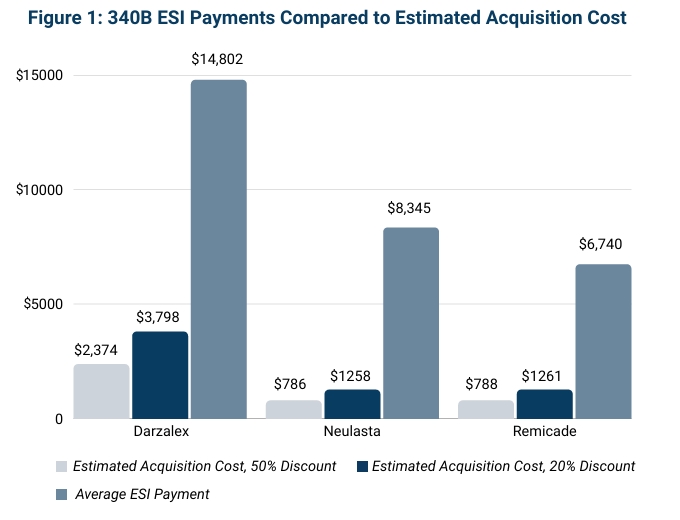 Read more: Issue Brief: ESI Payments to 340B Hospitals are Multiples Higher than Their Estimated Acquisition Costs
Read more: Issue Brief: ESI Payments to 340B Hospitals are Multiples Higher than Their Estimated Acquisition CostsThe Health Care Cost Institute (HCCI) conducted an analysis on estimated acquisition costs and ESI reimbursement costs among 340B-participating hospitals in 2022. This issue brief analyzes the estimated ESI and Medicare fee-for-service price mark-up, relative to estimated acquisition costs, among 340B hospitals. Among the three physician-administered drugs of interests: daratumumab, pegfilgrastim, and infliximab, we found…
-
Drug administration shifted toward outpatient departments, especially to 340B hospitals
 Read more: Drug administration shifted toward outpatient departments, especially to 340B hospitals
Read more: Drug administration shifted toward outpatient departments, especially to 340B hospitalsThe federal 340B Drug Discount Program was created in 1992 to lower the cost of drugs for non-profit hospitals that disproportionately care for people with lower incomes. Under the program, discounts from drug manufacturers to hospitals are estimated to range from 20 to 50% on most outpatient medications, although the actual discounts are not publicly disclosed. Because the program does not restrict the patients who can receive…
-
Preventive Health Services: What are they and how much do they cost?
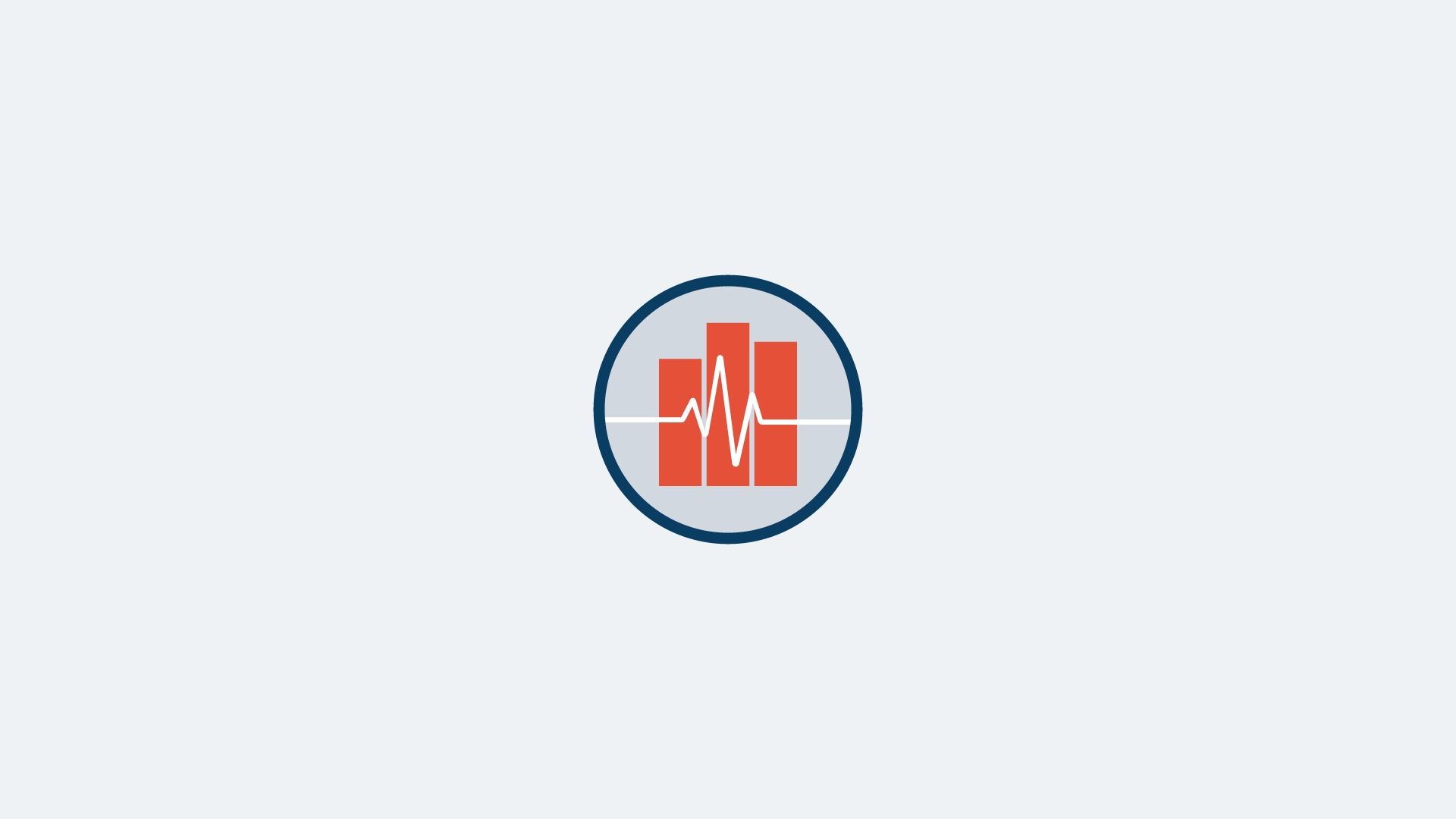 Read more: Preventive Health Services: What are they and how much do they cost?
Read more: Preventive Health Services: What are they and how much do they cost?What are preventive health services? Preventive health services help people stay healthy and detect health problems early. Preventive care includes services like wellness visits, immunizations, contraceptive services, and cancer screenings. Specific services recommended by expert committees must be provided at no cost to the patient. This means that even if a patient has not met…
-
4% of Health Spending Goes to Primary Care
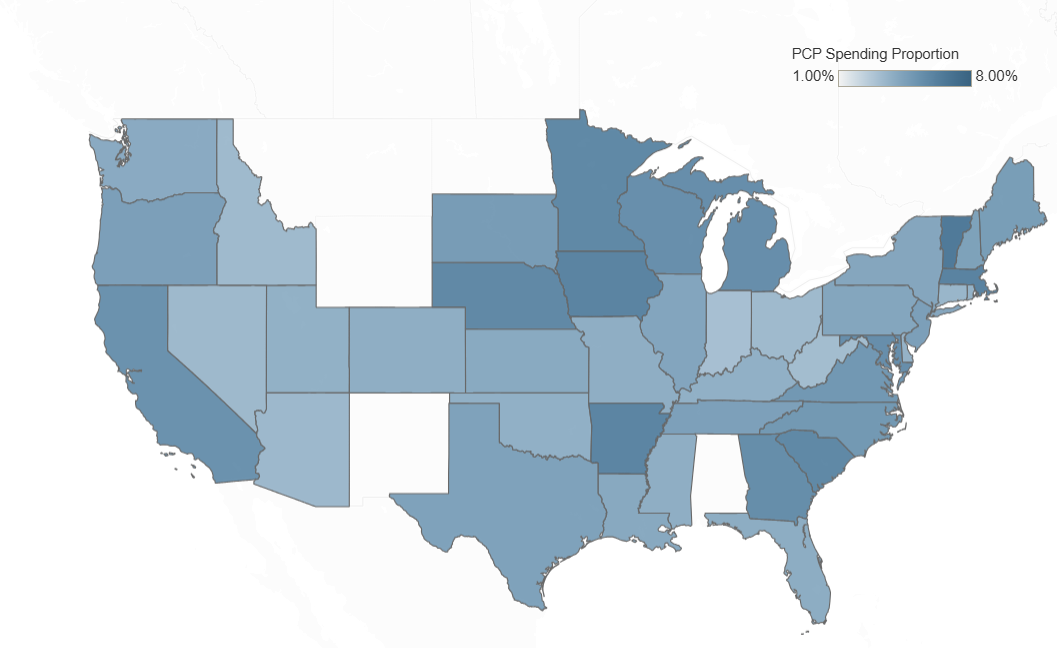 Read more: 4% of Health Spending Goes to Primary Care
Read more: 4% of Health Spending Goes to Primary CarePrimary care offers patients a critical connection point to the health care system. With contact, continuity, comprehensiveness, and coordination as its base1, primary care has been shown to improve health outcomes and population health, reduce health disparities, and save health care dollars. Despite the virtues and benefits of primary care, it seems to be getting harder to access. In 2025, there…
-
Prices in Hospital Outpatient Departments are Consistently Higher than Physician Offices among Site-Neutral Services
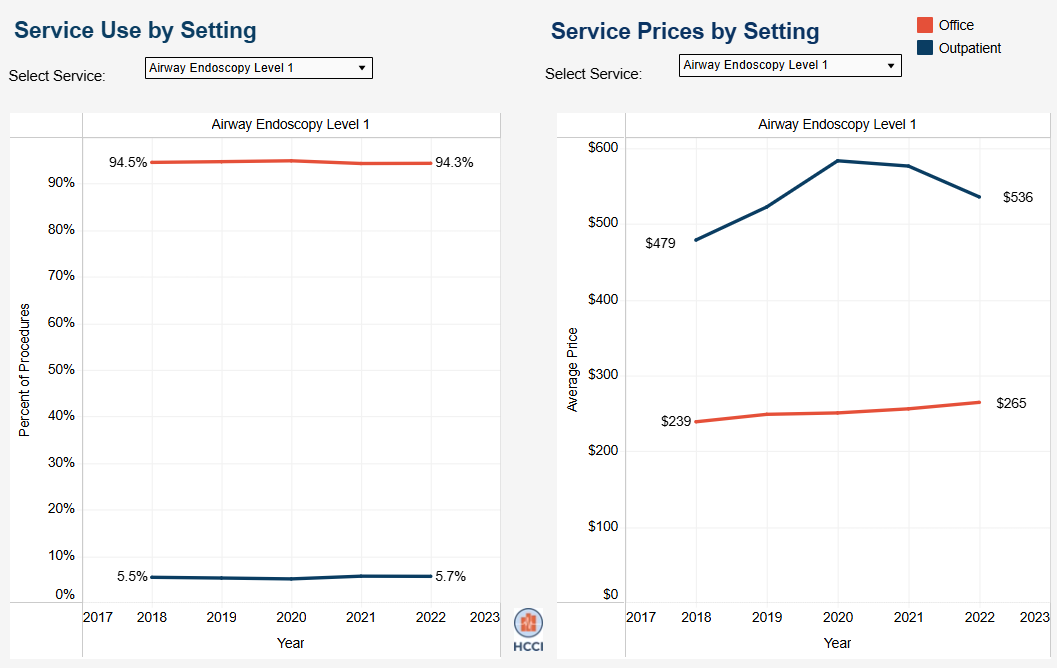 Read more: Prices in Hospital Outpatient Departments are Consistently Higher than Physician Offices among Site-Neutral Services
Read more: Prices in Hospital Outpatient Departments are Consistently Higher than Physician Offices among Site-Neutral ServicesAs federal and state policymakers pursue policies to lower health care costs, “site neutral payment” has emerged as a potential tool with bipartisan support to bring down spending. Adopting “site neutral payments” would mean that a given service would cost the same amount regardless of where the care was received (i.e., the site of service)….
-
Rates of Blood Cancer Diagnosis Among Private and Public Insurers
 Read more: Rates of Blood Cancer Diagnosis Among Private and Public Insurers
Read more: Rates of Blood Cancer Diagnosis Among Private and Public InsurersBlood cancers represent a range of diseases that can affect blood cells, bone marrow, lymph nodes, and other parts of the lymphatic system. Health care claims data can provide insights into how many people are dealing with blood cancers. Using claims data from people enrolled in Medicaid, employer-sponsored insurance (ESI), and Traditional Medicare, this data…
-
Outpatient Hospital Prices are Higher Among System-Affiliated, For-Profit, and Urban Hospitals
 Read more: Outpatient Hospital Prices are Higher Among System-Affiliated, For-Profit, and Urban Hospitals
Read more: Outpatient Hospital Prices are Higher Among System-Affiliated, For-Profit, and Urban HospitalsSpending on hospital (inpatient and outpatient) services accounts for more than half of per-person health care spending in the employer-sponsored insured (ESI) population. In 2022, hospital outpatient facility spending per person accounted for nearly a third of total per person spending. Per-person outpatient spending increased 18% from 2018 to 2022, which was driven by a…
-
From Prenatal to Postpartum Care, Total Spending on Childbirth Averaged over $25,000 among ESI Enrollees
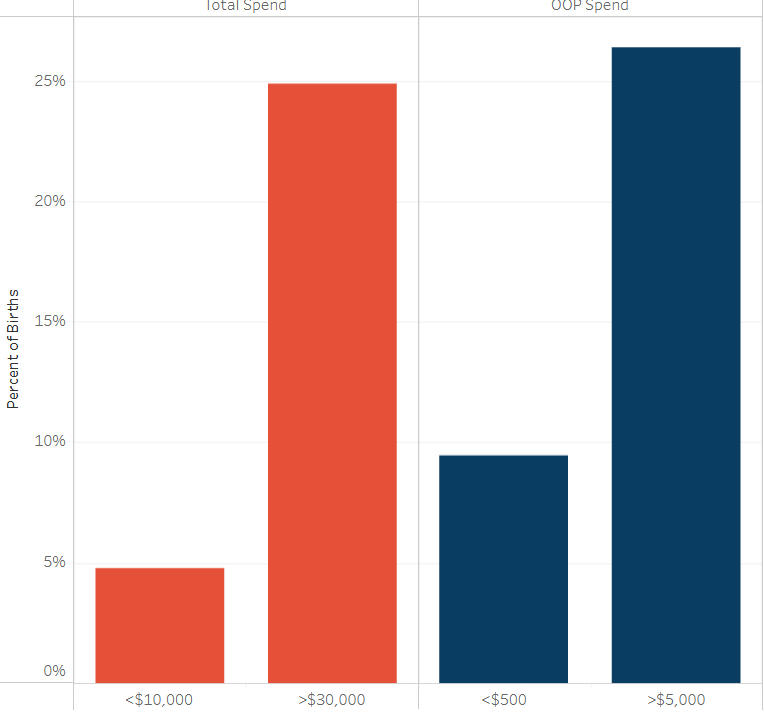 Read more: From Prenatal to Postpartum Care, Total Spending on Childbirth Averaged over $25,000 among ESI Enrollees
Read more: From Prenatal to Postpartum Care, Total Spending on Childbirth Averaged over $25,000 among ESI EnrolleesThe high and rising costs of childbirth pose a financial challenge to many families. One study found that 60% of pregnant and postpartum women reported having difficulty affording care, with women enrolled in commercial insurance more likely to report affordability challenges than those with public insurance. To understand the average total spending on childbirth related…
-
Facility Fees: What are they and how do they impact health care prices?
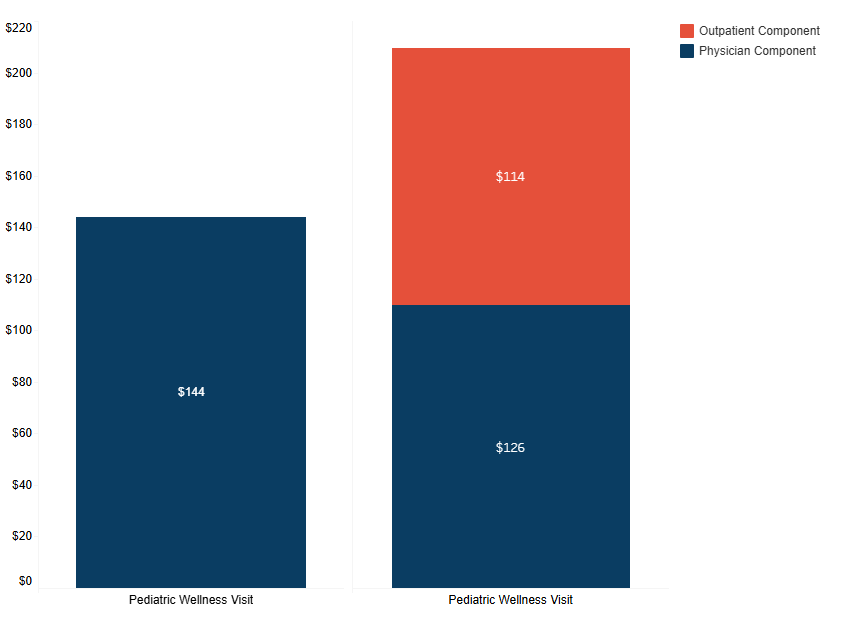 Read more: Facility Fees: What are they and how do they impact health care prices?
Read more: Facility Fees: What are they and how do they impact health care prices?Research has shown that the price of a single service provided in a hospital outpatient department is consistently higher than the same service provided in a physician office. An earlier HCCI analysis examined 46 services that could be provided in either setting and found higher prices in outpatient departments for all services in all years…
-
Off-label use of Semaglutides Continued to Grow in 2022 for those with Employer-Sponsored Insurance
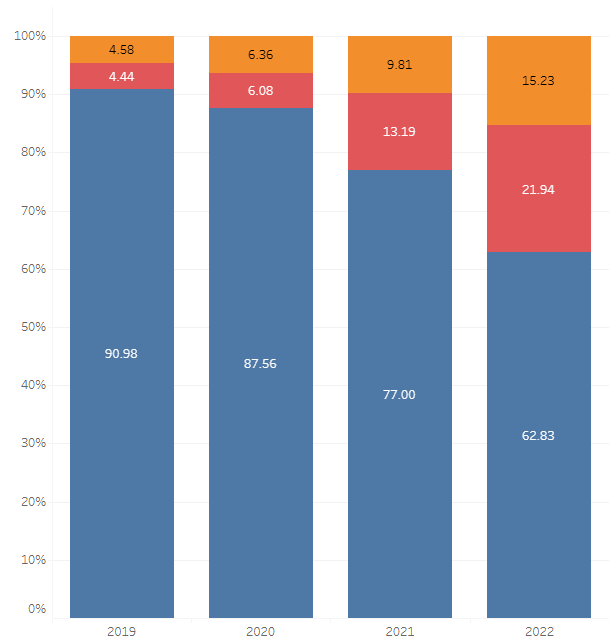 Read more: Off-label use of Semaglutides Continued to Grow in 2022 for those with Employer-Sponsored Insurance
Read more: Off-label use of Semaglutides Continued to Grow in 2022 for those with Employer-Sponsored InsurancePreviously, HCCI analyzed Ozempic medication use in the ESI population and found that the percentage of patients using Ozempic that had a diabetes diagnosis, the condition Ozempic is clinically indicated to treat, had decreased from 92% in 2018 to 77% 2021. This indicated a growing trend of off-label use of Ozempic. Our findings aligned with…
